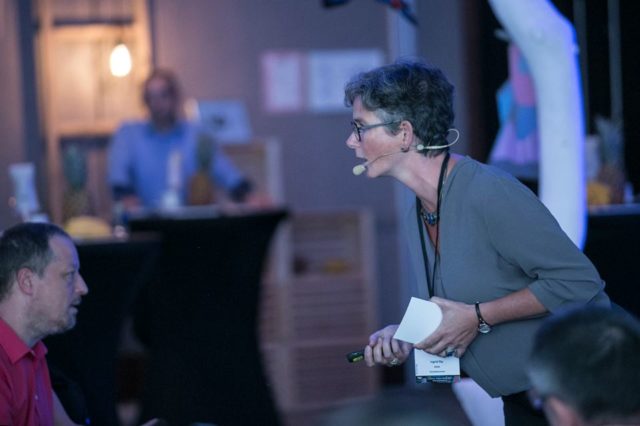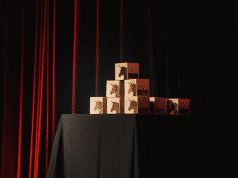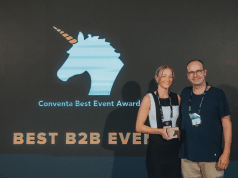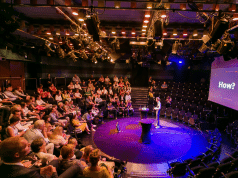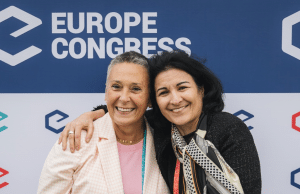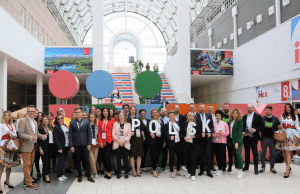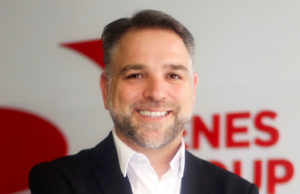WHAT’S THE CULTURE OF AN ORGANISATION?
When you enter “the jungle of association bidding” everybody knows that there is a few aspects to consider: the rotation schedule of the international association, the guidelines they have in place, the local (scientific) network and of course the opportunities your destination provides towards achieving the goals of the association congress. You may think of aspects such as accessibility, available (special) venues, hotel accommodation and the attractiveness of the city … stuff I’d like to call “dis-satisfiers”. If they are not okay you are simply not considered!
These aspects are indeed important, however, only too often other aspects are left untouched that could mean the difference between losing or winning the bid … I can tell from experience! One of the most important of them I’d like to share with you .
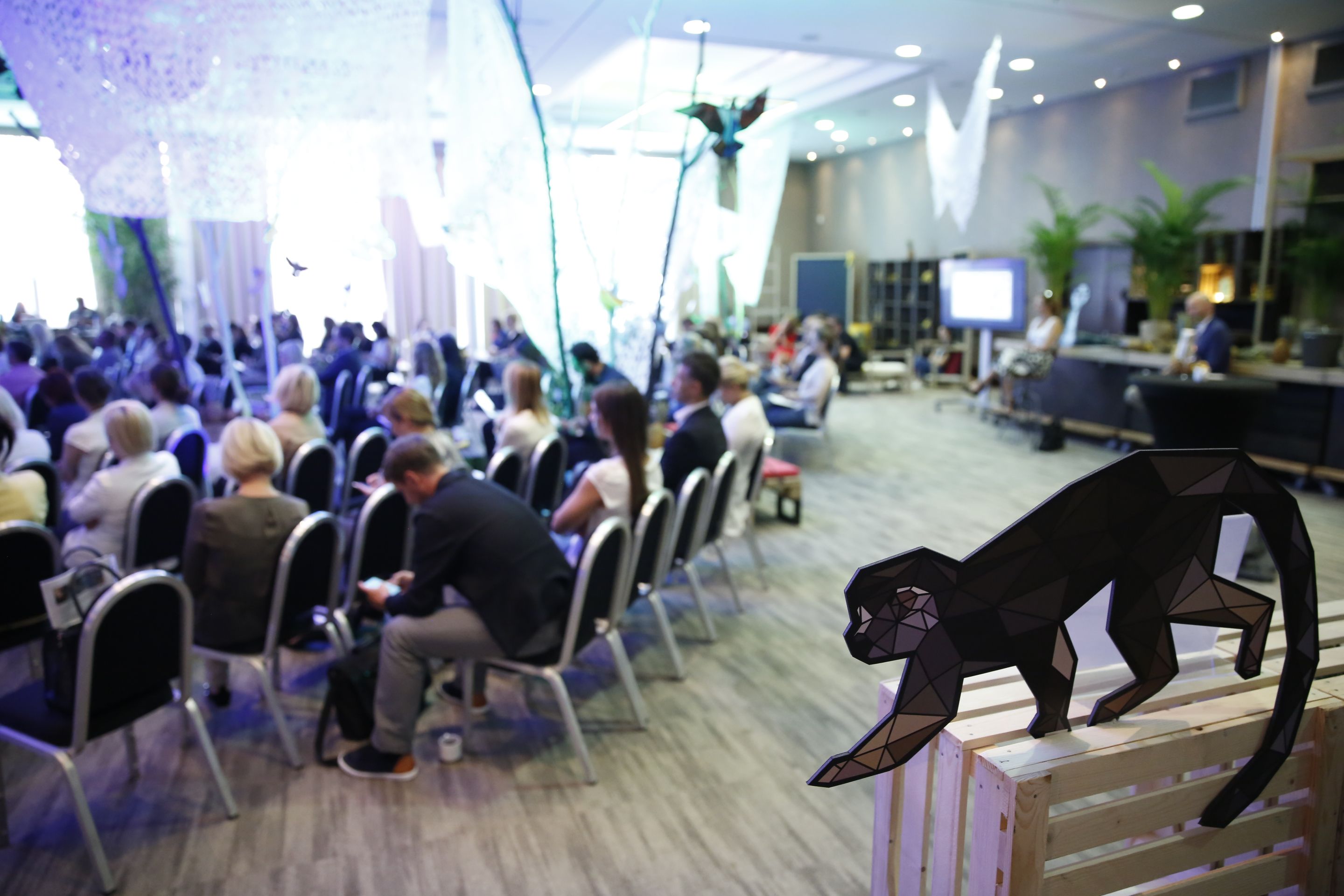
Before you start lobbying, start preparing the bid book and presenting it, you need to be very well aware of the organisation’s culture. Questions like “what is the organisation about?”, “What is really important to the board” are extremely important maybe even more important as the guidelines. As it is part of the “culture” it influences decision making in more ways than you think.
I think Culture is a very interesting phenomenon. It can be described as a collective programming of the mind that distinguishes different groups of people. Those groups can be countries, tribes or organisations. Culture looks a bit like an “onion”.
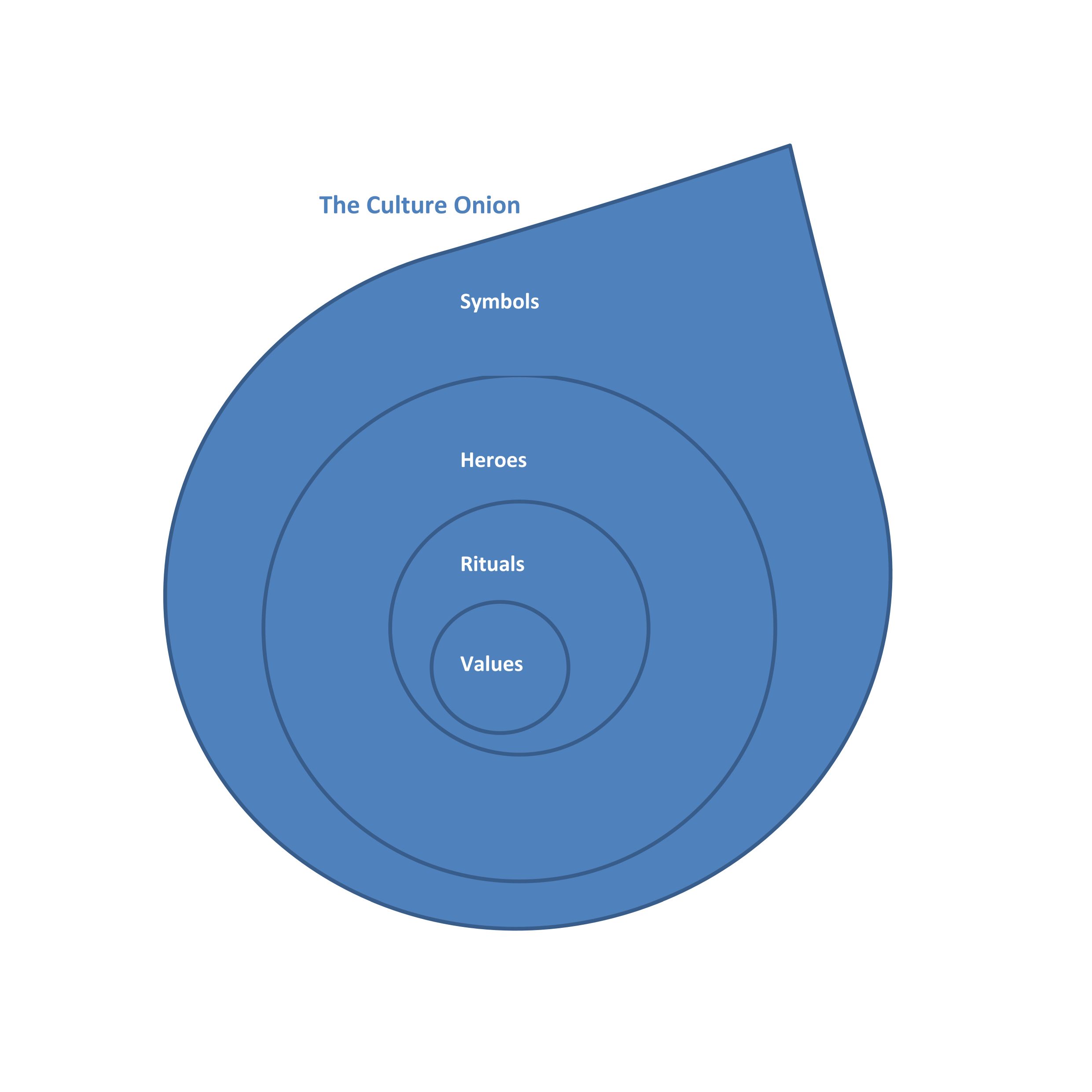
The outermost layer is filled with symbols. In a country you may think of a flag or local dresses. Within an organisation you may think of the logo. The 2nd layer are the heroes. In the Netherlands we have royalty, they can become role models just like football players such as Pelé or human rights activists like Nelson Mandela. Within organisations this can be the CEO or the board. They can e.g. be very formal or not, or hierarchic or not.
The 3rd layer is the rituals. The way we celebrate birthdays differs per country as is the way we bury our dead. In organisations this can be the way they communicate or their work ethics. And last, but certainly not least: in the centre you can find the values, stipulating what is considered good and bad.
Now the symbols and the heroes can be identified easily, you can see them, hear them and sometimes feel them. The difficulty starts with the 2 inner circles. These are unwritten “rules” and are difficult to recognize if you are an outsider. It takes time and effort to find out what is going to be influential to the decision process. Therefore take the following tips into consideration, as they are incredibly important to find out the necessary details:
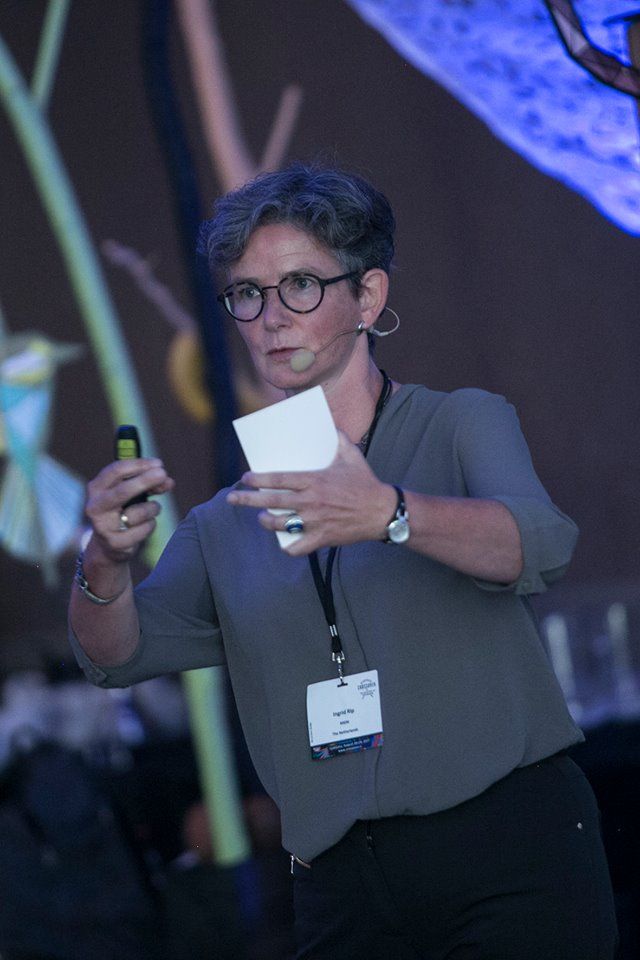
- Pay extra attention when you talk to representatives of the board. What are they really telling you? What are they really asking for? Listen carefully, “read” between the lines of their answers;
- Don’t assume but ask questions, ask details, get into the nitty gritty!;
Furthermore stress out to members of the Local Organizing Committee that they do the same when talking to the international board; - Search for past members of the board in your network (or that of the LOC) and talk to them. They may have crucial information for you that can make the difference.
INGRID ANSWERS

Q: How do you pay attention to the trends? How do you make sure, that you are innovative and competitive?
Two activities I do diligently to keep up. Make sure you receive plenty of (inter)national newsletters of trade magazines. Reserve time to go through these, so you know who and what is new in the business. Plus I am MPI member, the largest meeting and event industry association worldwide, that provides education, conferences, research and an international network .
As a freelancer innovation and competitiveness starts with passion. My passion for what I do, gives energy and works inspiring. Because I am happy in my job it stirs creative ideas. Most of my assignments are given to me through word of mouth because people sense this passion! I could not get better business cards!
WHO IS INGRID?
Certified trainer and owner of RRE
Ingrid is a certified trainer working with destinations, venues, organizers and individual scientists who seek excellence in their (scientific) association conferences. She helps you and your team to prepare the winning bids you deserve.


